List of attractions in every Region
There isn’t any other country in the world that we know that offers such a wide range of attractions; from; castles to dense rainforests, museums, beaches, and parks. Now with sixteen regions, one can only imagine how many places there are to visit in the country. Indeed, Ghana has something for everyone, and this is the list of the top tourist attractions each region has to offer.
Ashanti Region
The most visited region in Ghana, the Ashanti region is famous for its natural resources and mythical legends. Due to its resilience, the Colonial masters couldn’t take most of their gold and other resources. Today the region produces almost all of Ghana’s gold and contributes a lot to the national income. Here some of the well-known tourist sites in the Ashanti region.
Okomfo Anokye Sword Site
In the Ashanti region lays unarguably the most mystical and wondrous tourist attraction in the whole world, the sword of Okomfo Anokye, the great chief priest under whose guidance the Ashanti kingdom was formed. Legend has it that the Priest wielded this sword into the earth and claimed no one could unearth it and somehow magically all human and technological efforts to remove this sword have proved futile. It has however been closed to public touching, you can only see it but not be allowed to touch. It has been done to preserve it and protect it. We encourage you to visit the sword site. As it is one of our must-see tourist sites. It might interest you to know that this site provides almost 25 percent of total tourism revenue in Ghana.
Kejetia Market
Kejetia Market is colourful, vibrant, and the biggest and one of the most popular markets of West Africa, hosting thousands of stalls (around 1100) and four times as many people. All sorts of food and artifacts can be bought here.
Manhyia Palace
The Manhyia Palace was built in 1925 by the British. Kings used the palace until 1974 and now it has been turned into a museum that exhibits the residence’s original furnishings and royal memorabilia and tells the story of the Asante people.
Kumasi Armed Forces Military Museum
The Kumasi Fort and Military Museum are some of the few military museums in the whole of Africa. It was built in 1820 by the Asantehene Osei Tutu Kwamina. The vast collection includes weapons of war, medals, old cars, photographs, and portraits. This museum shows the evolution and development of the Gold Coast Regiment from the colonial era to the present-day Ghana Armed Forces.
Kumasi Zoo
The Kumasi Zoo (Kumasi Zoological Garden) is a zoo located in the heart of Kumasi in the Ashanti Region of Ghana. The zoo occupies a 1.5-square-kilometer (370-acre) area between the Kejetia Bus Terminal, the old racecourse, and the Kumasi Centre for National Culture.
National Cultural Centre
Only 5 min walk from the Kejetia Market is the National Cultural Centre, which has become one of the major attractions in Kumasi. It hosts artisan workshops, a performance center, a museum, a library, and a craft shop. On public holidays, various types of performances take place in the afternoon.
Lake Bosomtwe
You simply cannot visit Kumasi without visiting this amazing site. Its told in local folklore that a hunter once chased an injured antelope in a forest and it runs towards this lake and was never seen again. To this day Lake Bosomtwe is viewed as a god, and the locals believe that when people pass away they say their last goodbyes to the river before entering the spirit world. The lakeside is well designed and anyone visiting it will live with a happy memory.
Ashanti Gold mines
The Ashanti Gold Mines are one of the world’s major gold deposits and is listed as one of the ten largest in the world. It was the first African company to appear on Wall Street. It contributes heavily to the revenue of the country.
Volta region
Known for its welcoming people and natural attractions, the volta region ranks as the second most visited region on our list. Not only for its numerous mountains and amazing food but it is home to the world’s largest artificial lake. Here are the top destinations that the volta region is known for.
Wli waterfalls
20km away from Hohoe in the Volta Region are the Wli falls. These are the highest waterfalls in Ghana and the tallest in west Africa.
Tafi Atome Monkey Sanctuary
Tafi Atome Monkey Sanctuary is traditional sacred grove conservation established in 1996 under the direction of a Peace Corps Volunteer as a community-based ecotourism project. Tafi Atome is the home of Mona and Patas monkeys.
Mount Afadja
Mount Afadja is the highest mountain in Ghana and West Africa. It is located in Liati-Wote near ho in the volta region. It is near to the Ghana-Togo border. It is 178 kilometers northeast of Accra. It is currently one of the most visited sites in Ghana, welcoming thousands of visitors every year. The famous Wli falls can also be found near here.
Tagbo Falls
Tagbo Falls is a waterfall near Mount Afadjato in Ghana, located at Liati Wote, approximately 27 kilometers east of the township of Hohoe. The waterfalls down in several stages, with the last stage being about 60 m. high. The area is surrounded by rainforest.
Mount Adaklu
This is the second-highest mountain in Ghana. It is located near the Mount Afadja in the volta region. People who normally visit the Afadjato take a detour here. It is sitting on the border of Ghana and Togo.
Woe Lighthouse
There is a lighthouse at Woe not far from Keta, which directs ships during the night. Its architecture is very unique. It is also believed that at Woe Lighthouse there is a huge underwater mountain off the coast of Woe, necessitating building the lighthouse.
Greater Accra
The Greater Accra region contains the capital town of Ghana, Accra. It is popular for its numerous museums and recreation parks. The following is a list of the most visited places in the Greater Accra region.
Kame Nkrumah memorial park and museum
The Kwame Nkrumah Museum is located downtown in Accra. As the name suggests, it is the burial and memorial grounds of Ghana’s independence architect Dr. Kwame Nkrumah. It also holds the body of his wife, Fathia Nkrumah also lays to rest here. It is built in the form of an upside-down sword, which signifies peace in the Ashanti tradition.
Blackstar Square
The Blackstar square is a monument built in the Greater Accra region. Also known as the Independence arch, it is said to signify the struggle of Ghana towards independence. It was here that the first president of Ghana, Dr. Kwame Nkrumah declared independence for the country. There is a Blackstar on top, it signifies unity and the strength of Africa as a whole.
Osu Castle
Osu Castle is located in Osu, Accra on the Atlantic oceans Gulf of Guinea. It was built in the 1660s by the Denmark-Norway. It used to serve as the seat of the government.
National Museum of Ghana
The National Museum of Ghana is the largest and oldest of the six museums in Ghana. It was opened on the 5th of March, 1957. Objects in the archaeology section range from the Stone Age period to the recent historical past. Those on permanent exhibition at the ethnography gallery include chief's regalia, indigenous Ghanaian musical instruments, gold weights, beads, traditional textiles, stools, and pottery. There are also objects from other African countries acquired through exchange.
Tema harbour
Along the Gulf of Guinea in the most south-eastern part of Tema is the Tema harbour. It is a member of the International Association of Ports and Harbours (IAPH).
Shai Hills Resource Reserve
The Shai Hills Resource Reserve is situated in Doryum in the Shai Osudoku District. It was established in1962 covering an area of 47 square kilometers. It is grassland with low dry forest vegetation. There are nearly 400 species on the 5 separate hills on the Shai Hills reserve.
Popular activities include game viewing, bird watching, nature walking, and rock climbing.
Eastern region
The eastern region is very famous for its natural resources and foreign architecture. The top destinations in the Eastern region are:
Cape Coast Castle
Established in 1555, Cape Coast Castle was originally built to be a center for trading gold and timber. It was later used in the trans-Atlantic slave trade. It held the slaves purchased from the local tribes, before they were loaded onto ships and taken away. It is a place of historic essence, millions of people around the world with an African heritage visit this place yearly. It was also on the Cape Coast where Christopher Columbus settled for a while before sailing out to explore the rest of the world.
Aburi Botanical Gardens
In March 1890, Governor William Brandford-Griffith and Dr. John Farrell Easmon, a Sierra Leonean doctor founded the Aburi Botanical Gardens in the eastern region of Ghana. It plays a significant role in cocoa farming in Ghana, by supplying cheap cocoa seedling and informing about new scientific methods of farming.
Boti waterfalls
Just a 90 minutes drive from Accra into the Eastern Region are the Boti Waterfalls . It is located in the Manya Krobo district. The serene atmosphere coupled with the cool atmosphere makes it the ideal place for a relaxing getaway.
Akosombo dam
The Akosombo dam is the biggest hydroelectric power-generating dam in West Africa. It serves Ghana and adds to Togo and Burkina Faso’s power grid as well. It is Ghana’s biggest investment ever.
The creation of the dam led to the creation of the greatest artificial lake in the world, the Volta lake which can be found in the Volta region.
Umbrella Rock
The Umbrella Rock is a rock found at the site of the Boti Waterfalls in Yilo Krobo District, Ghana. As the name implies, the overhang on the top is large enough to cover 12 to 15 people at once. Even though the pivot on which the top rock lies might seem small, it's very strong.
Yearly, many Tourists travel to Boti Waterfalls for its natural beauty, and the umbrella rock is visible through much of the trek to the falls
Western region
The western region n as one of Ghana’s most toured regions is known for its cool weather and mostly for its most iconic destination, the Nzulezu stilt village.
Nzulezu stilt village
The name Nzulezu means “water surface”. The village was built by a group of people from Oualata. This village is very noted for one reason: It is built on water. You definitely cannot visit Ghana without touring Nzulezu as it is a sight to behold.
The affable nature of the locals alone will make your visit a highly memorable one.
Cape Three Points
Cape Three Points are known as "the land nearest nowhere" because it is the last solid ground before you approach the Atlantic ocean. The view from there is breath-taking because the horizon is just one broad blue ocean that seems to touch the sky.
It is also popular for its lighthouses that are used to directs ships to the sea.
Fort Metal Cross
Now a world heritage site, Fort Metal Cross was built at Dixcove in the western region of Ghana. It is famous for the ancient architectural skills of the Prussians.
Fort Batenstein
Fort Batenstein was a trading post established by Dutch in 1656. It is famous for its design and historical value.
Northern region
The culture, cuisine, and nature of the northerners of Ghana are one of a kind. It is a region known for its natural resources. The mole national forest and Bui dam are just but a few of its attractions. A touch of Arabic excellence can be felt here, the Larabanga mosque built by the Islam community is a wonderful and amazing sight to behold. A trip to the northern region will be an unforgettable experience.
Mole National Park
The Mole National Park covers a mass of more than 4500 square kilometers in savannah forest and has numerous virgin streams and rare trees. A visit to Mole can be refined in style, with numerous quality inn lodgings, for example, the Mole Hotel and Mole Motel offering top of the line convenience. The zone is simply perfect and the Mole and Lovi streams go through the recreation center charmingly, indeed the scene at lodges are very romantic.
The region gets huge rainfall all year round, and this assists with supporting numerous types of creatures including hippos, wild ox, and elephants just as panthers, lions, and various plant species. Climbing courses are famous and the park can be strolled with a guide, they give a remarkable point of view of this wonderful park.
Larabanga Mosque
The Larabanga Mosque is a mosque built in the Sudanese architectural style in the village of Larabanga, Ghana. It is the oldest mosque in the country and one of the oldest in West Africa, and has been referred to as the "Mecca of West Africa".
It has undergone restoration several times since it was founded in 1421. The World Monuments Fund (WMF) has contributed substantially to its restoration and lists it as one of the 100 Most Endangered Sites.
Bui National Park
The Bui National Park is found in Ghana. It was established in 1971. The reserve is notable for its Hippopotamus population in the Black Volta. The endangered black and white colobus monkey and a variety of antelopes and birds are also present.
Brong-Ahafo region
The Brong-Ahafo’s natural reserves and forests are second t none in Ghana. These are some of its noteworthy spots.
Kintampo waterfalls
Kintampo waterfalls are one of the highest waterfalls in the Brong-Ahafo region of Ghana. Also known as Sanders Falls during the colonial days, it is located on the Pumpum river, a tributary of the Black Volta, about 4 kilometers (2.5 mi) north of Kintampo municipality, on the Kumasi–Tamale road.
Boabeng Fiema Monkey Sanctuary
The Boabeng Fiema Monkey Sanctuary is found in Boabeng and Fiema a twin community. It houses many trees, birds, reptiles, deer, and monkeys, two of which are Geoffrey's Pied Colobus and Campbell Mona monkey.
It is a home for about 700 monkeys. The village is a community where monkeys and human beings live together. The inhabitants in the village always leave food outside their homes for the animals. The monkeys see human beings as their own too.
Jubilee park
Jubilee Park, located in Sunyani, is a famous national park of the country. This spacious park consists of several playgrounds for kids. The park features several tropical green trees which add to the beauty of the place. The calm and cool ambiance of the park makes it a popular destination among tourists.
The best time to visit this park is just before the sunsets. The view of the sky that this park offers is mesmerizing. Once you are in Ghana, you should pay a visit to this park.
Upper East region
The upper east region is one of kind, joint with its neighbours the northern and eastern regions are famous for their natural reserves.
Paga Crocodile Pond
Paga Crocodile Pond is a sacred pond in Paga in the Upper East Region of Ghana, which is inhabited by West African crocodiles. Due to the friendliness of the reptiles, it has become popular among tourists and the pond is now reliant on tourism to ensure the population of crocodiles remain fed and healthy. It is also known as Chiefs pond.
Pikworo Slave camp
The Pikworo Slave camp was founded in 1704 and was active until 1845. It is located in Paga Nania, about 3 kilometers west of Paga in the Upper East Region of Ghana.
It was originally developed as a local slave transit center where slaves were auctioned and later resold in the Salaga Slave market after walking about 150 km to the south. From there, the slaves would then be moved to the coast for shipment.
Central region
Last but not least, the central region. It is home to the world-famous Kakum National Park and overhead walkway through a rainforest.
Kakum National Park
Another wonder that can only be found in the central region is the Kakum National Park. This ecological nature park is a canopy walkway. It is one of the only three canopy walkaways in Africa. The area is covered by a tropical forest. The outstanding nature of this park stands in the reason that it was created by the locals and not by any wildlife authority or government act. It connects seven (7) rooftops that give access to the forest. It also houses endangered species of animals and birds, notable among them are the white-breasted guinea fowl, the hornbill, and the grey parrot.
From the above list, one can see the endless attractions Ghana’s regions can boast of. So pack your bags now and let's go to Ghana.
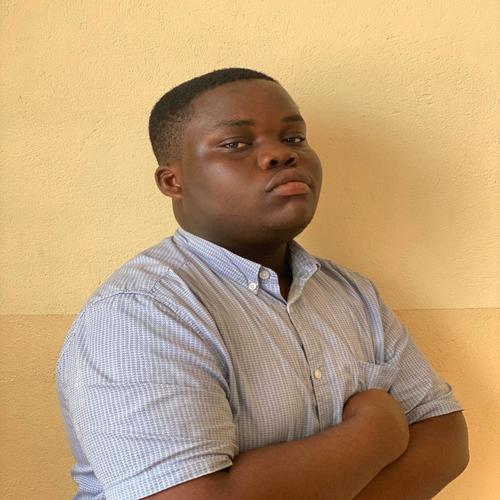
Desmond Dorvlo, GhanaTRVL writer and champion debater, brings Ghana’s culture and landscapes to life with passion and insight in every article.





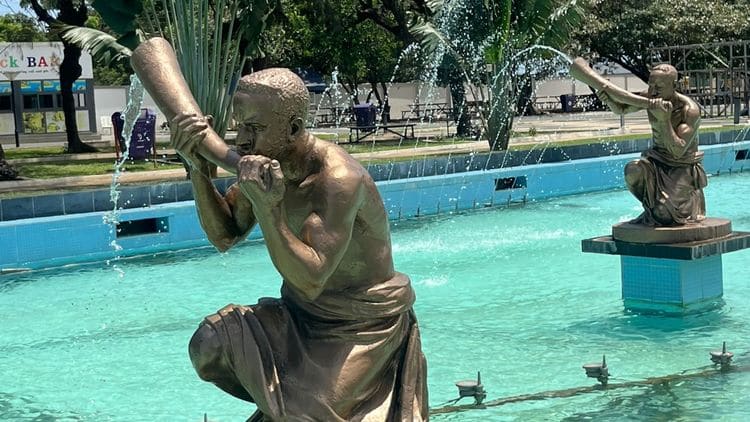
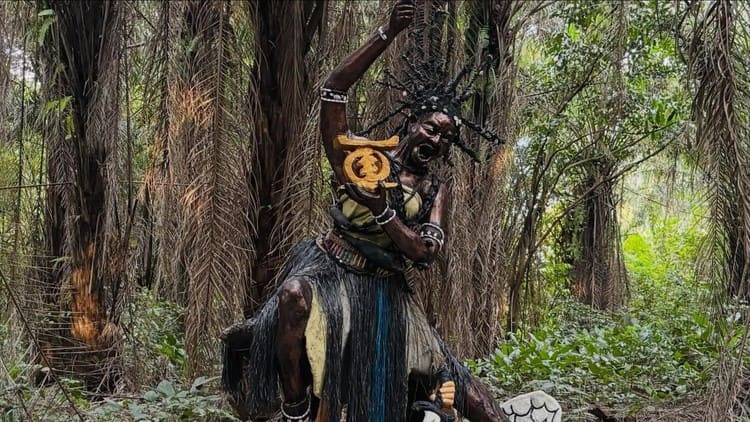
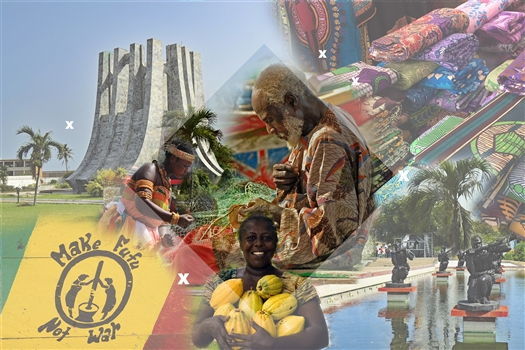
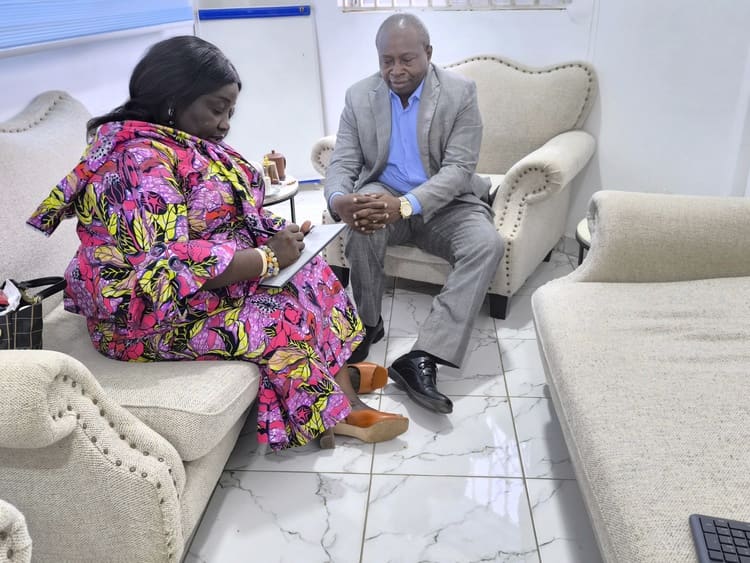




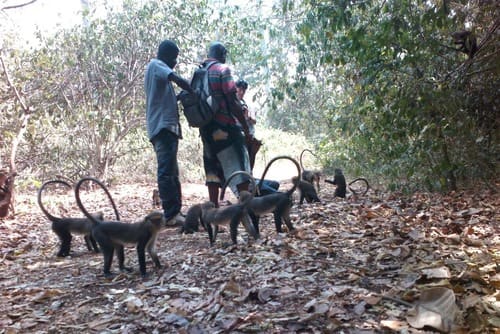
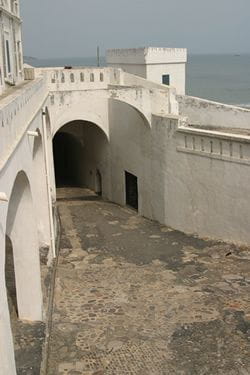
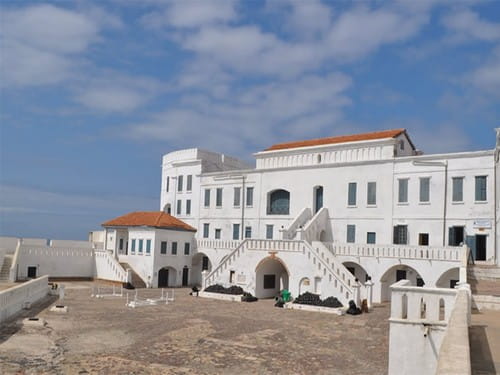





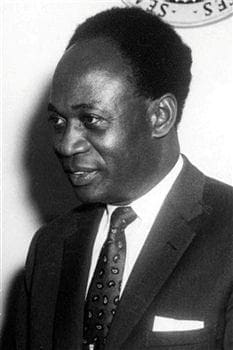

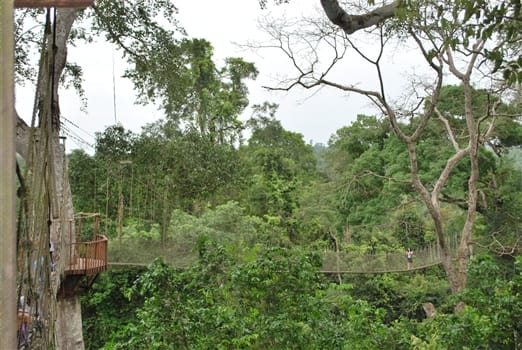
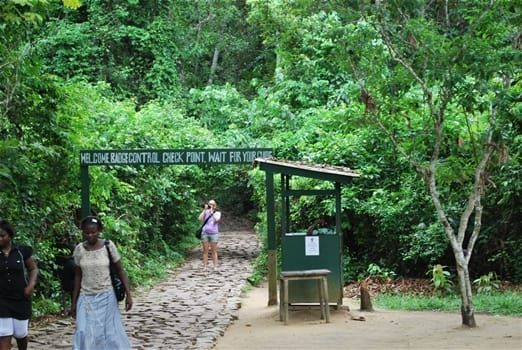

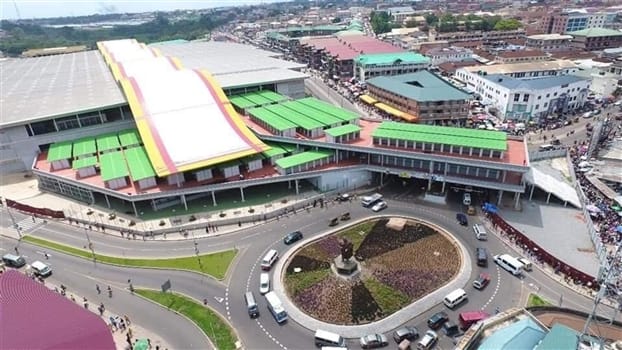

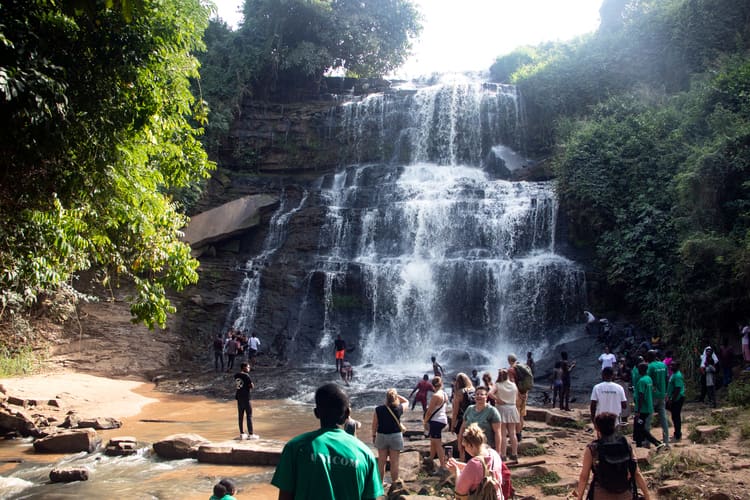
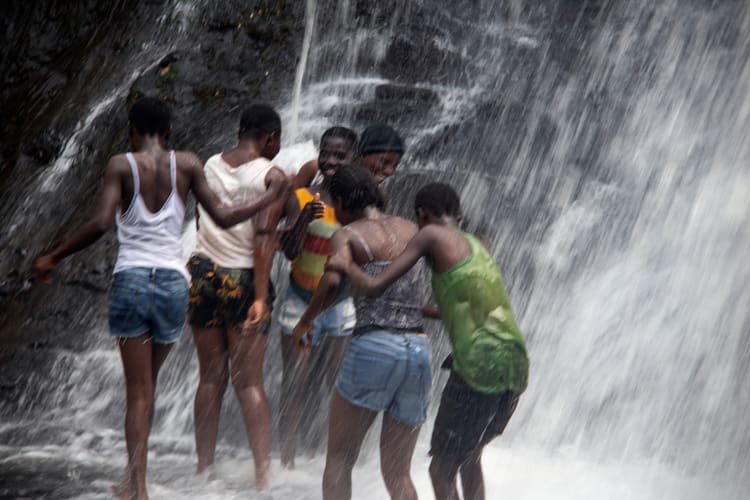


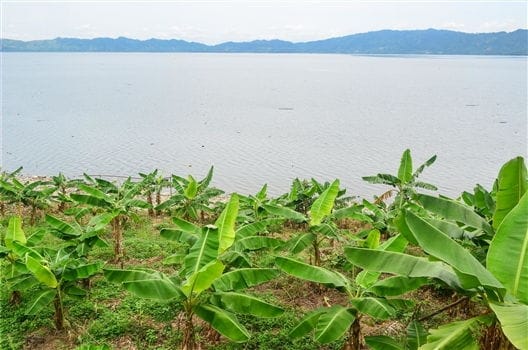

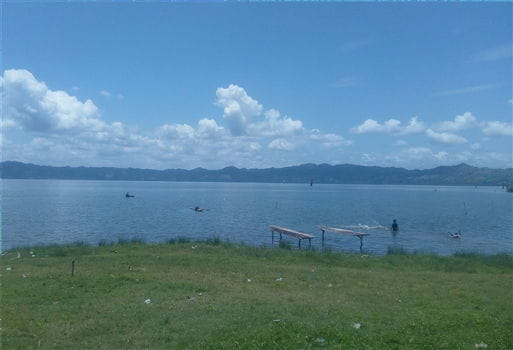
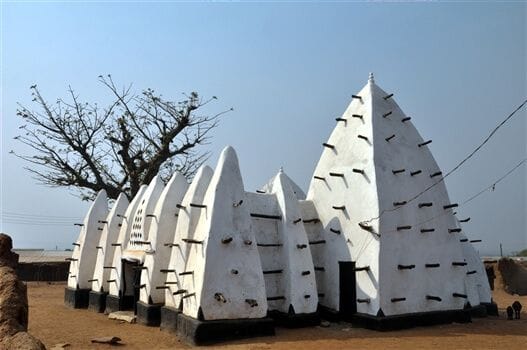



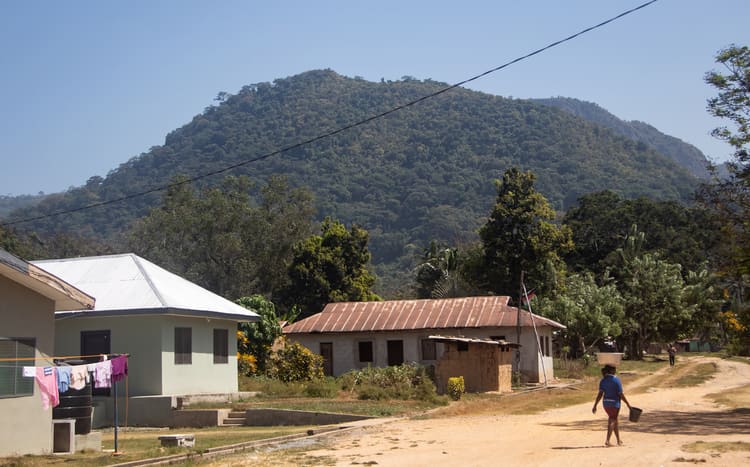

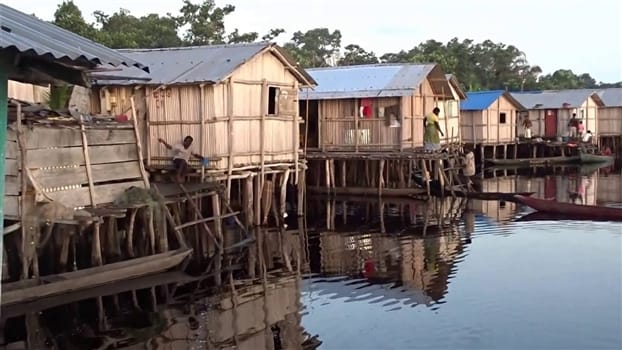



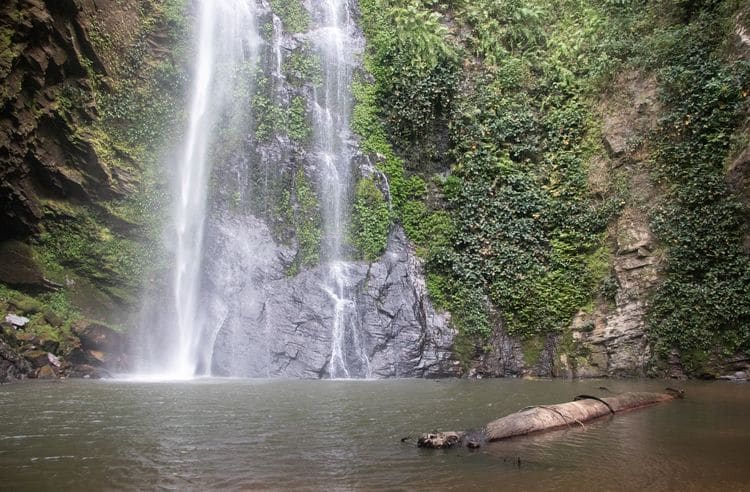
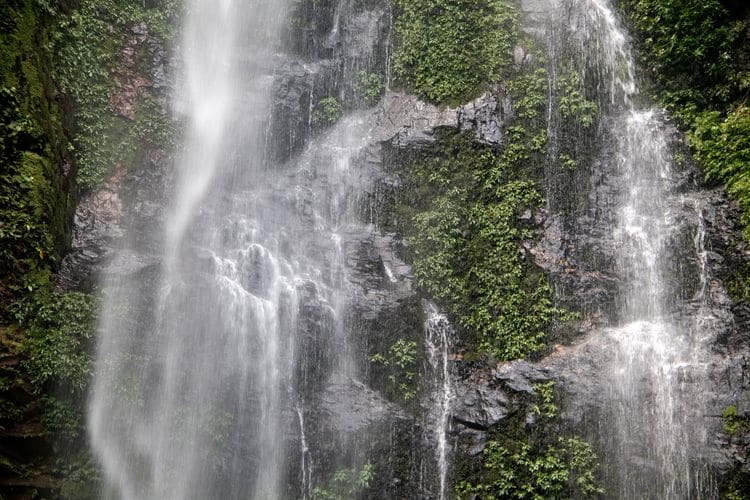
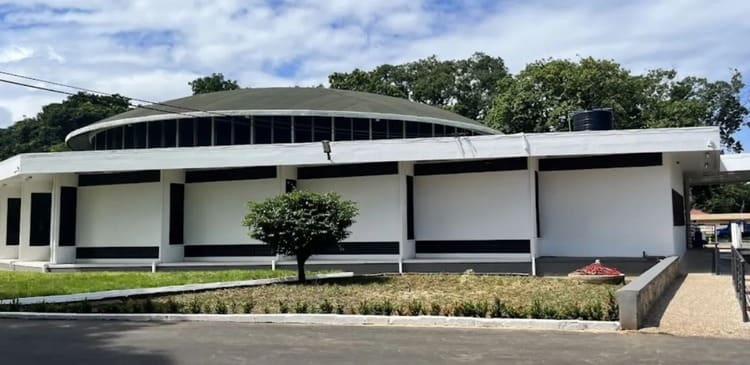


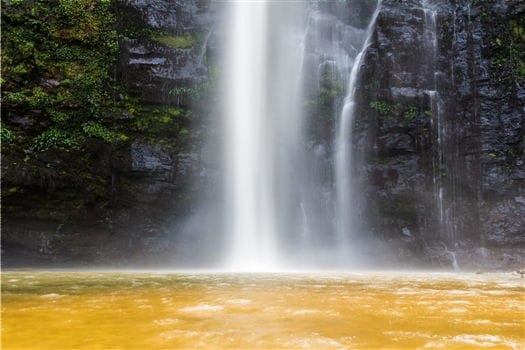




































Comments